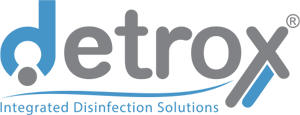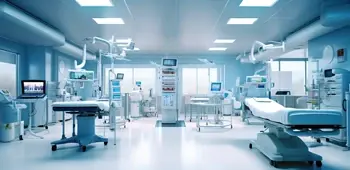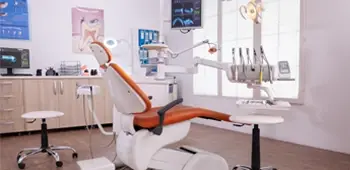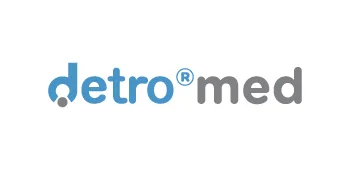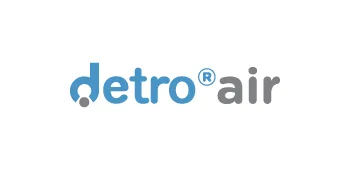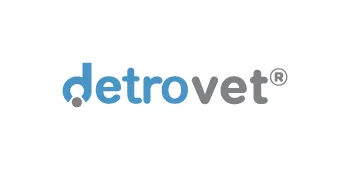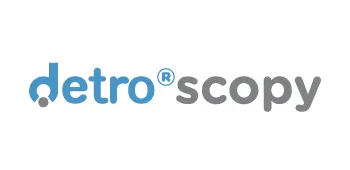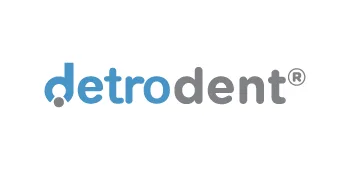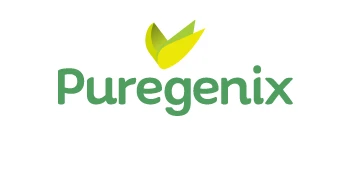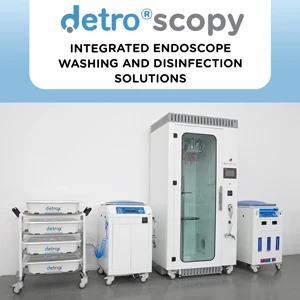Methods to Reduce the Risk of Chemical Exposure in Health Facilities
A Guide to Effectively Combat the Invisible Danger.
Introduction: Is Chemical Exposure an Invisible Occupational Risk?
In healthcare facilities, the safety of healthcare workers is as critical as the health of patients. However, chemical exposure is one of the most invisible or ignored risks.
Many healthcare professionals, from operating theatre staff to cleaners, from laboratory workers to dentists, come into contact with chemicals as part of their daily work. The risk posed by this contact is not only limited to acute reactions, but in the long term, respiratory problems, skin sensitivities, and even carcinogenic effects may occur.
What is Chemical Exposure? How Does It Occur in Health Facilities?
Chemical exposure is the ingestion of a harmful substance by inhalation, skin contact, ingestion or eye contact. Sources of exposure in health facilities are quite diverse:
Common Sources of Chemical Exposure:
- Disinfectants (e.g. aldehydes, peracetic acid, chlorine compounds)
- Sterilisation gases (e.g. ethylene oxide)
- Laboratory reagents (formalin, solvents, dyes)
- Medicines and chemotherapy agents
- Anaesthetic gases
- Latex and acrylate based medical consumables
The use of these substances is often mandatory; however, the main problem arises from uncontrolled use, inadequate ventilation, lack of training and lack of protective equipment.
Types and Symptoms of Exposure
a) Acute Exposure:
Exposure to high doses in a short time. Usually causes symptoms such as headache, dizziness, burning eyes, cough.
b) Chronic Exposure:
Low doses but continuous exposure. Over months and years, it can cause long-term problems such as asthma, bronchitis, skin diseases, impairment of the immune system.
The Most Effective Method for Preventing Exposure: Hierarchical Control Approach
The most scientific method of reducing chemical risks in health institutions is the 5-step system called “Hierarchy of Control Measures”:
1. Elimination
Complete elimination of the use of the chemical substance (in practice rarely applicable in health care facilities).
2. Substitution
Preference for less harmful chemicals. For example, the use of low toxicity peracetic acid instead of glutaraldehyde.
3. Engineering Controls
- Ventilation systems (HEPA filter systems, aspiration units)
- Chemical storage cabinets, secure storage areas
- Closed system sterilisation devices
- Automatic dosing systems
4. Administrative Controls
- Putting the usage procedures in writing
- Limiting the exposure time (e.g. cleaning only for a certain amount of time per day)
- Reducing the employee load with rotation system
- Chemical labelling, making safety data sheets (SDS) accessible
5. Personal Protective Equipment (PPE)
Last line of defence. Equipment such as gloves, masks, goggles and aprons must be selected correctly and used regularly. However, it is not enough alone.
Education: The Key to Protective Culture
Many exposure accidents occur due to inadequate training. Health workers:
- Know which chemical carries what kind of risk
- Gain competence in label reading and SDS interpretation
- They should know what to do in case of spillage or contact.
Trainings should be organised at least once a year, mandatory for new staff at the start of their employment.
Audit and Reporting Mechanisms
Many health facilities do not establish proactive control mechanisms for chemical risks. Whereas
- Chemical stock records
- Frequency of use and quantity analyses
- Ventilation system controls
- Follow-up of complaints from staff
- Reporting of spillages or accidents
Thanks to such elements, risk mapping and planning can be done.
Exemplary Practices: Good Practice Models
Example measures implemented in some modern healthcare facilities:
- Reducing direct contact of personnel with disinfection robots or automatic spraying systems
- Prevention of excessive use of chemicals with automatic detergent-dosing systems
- Chemical preparation in isolated ventilated cabinets, not in open areas
- Monitoring chemical consumption with digital inventory systems
Although the installation of such systems may seem costly in the first place, it reduces healthcare costs and staff turnover in the long run.
Legal Legislation and Responsibilities
Basic regulations on chemical exposure in Turkey:
- Law No. 6331 on Occupational Health and Safety
- Regulation on Health and Safety Precautions for Employees Working with Chemical Substances
- Biocidal Products Regulation
- Regulation on Control of Medical Wastes
These regulations make not only the employer but also the user responsible. Therefore, both managers and employees should know and implement their duties.
Combating Chemical Risks is a Shared Responsibility
Invisible, odourless and often habitual chemicals in healthcare facilities can lead to serious occupational diseases when used incorrectly. Coping with these threats is possible not only with protective equipment, but also with corporate awareness, proactive approach, continuous training, structural measures and responsibility sharing.
It should not be forgotten that no matter how powerful a chemical substance is, human health is more valuable than it.


